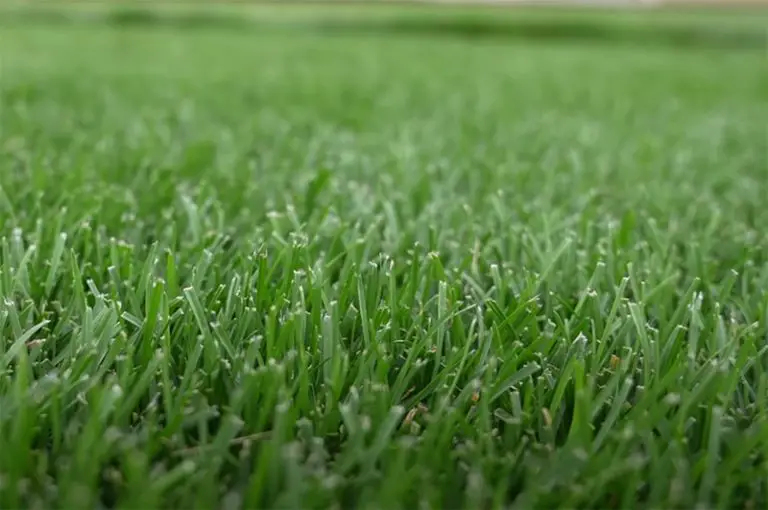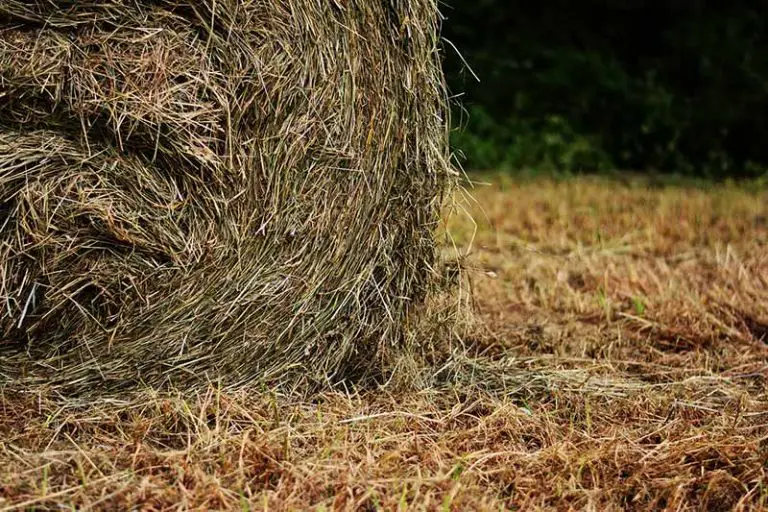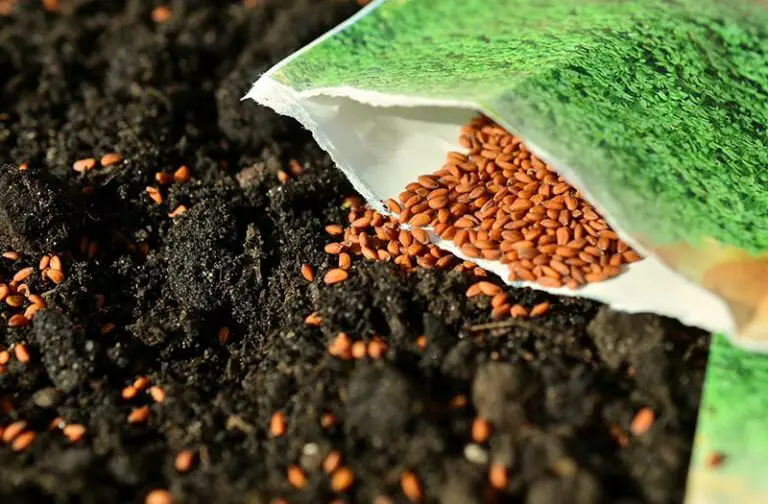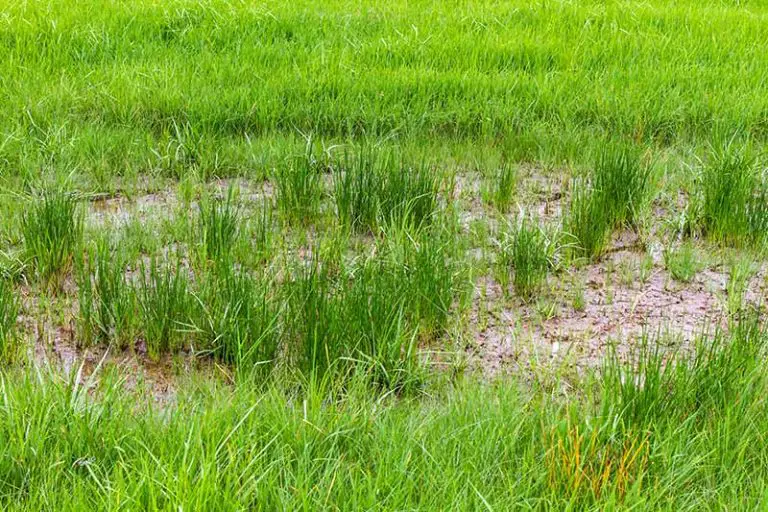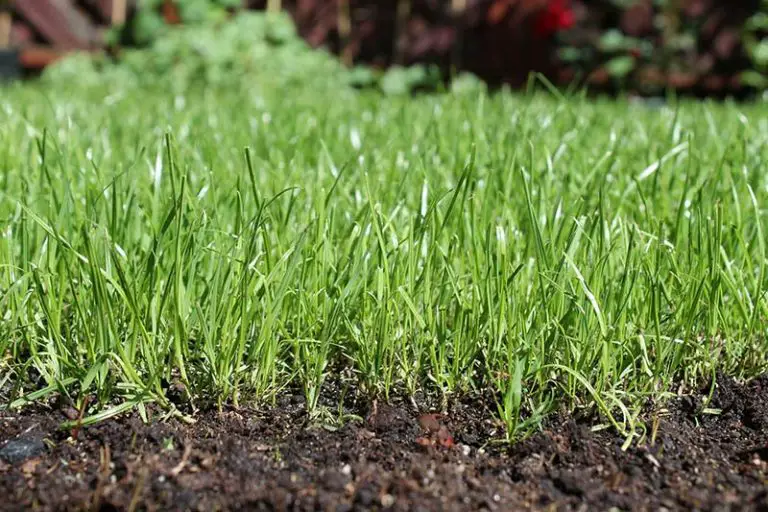Aerating Your Lawn? Here’s What to Do With Plugs
After using a core aerator, you will be left with a lawn full of small soil plugs. You may be tempted to rake and remove these plugs, or roll them back into the topsoil with a lawn roller, to instantly improve the look of your lawn. However, doing either of these things would be a mistake.
The best thing to do with soil plugs after aerating your lawn is to simply leave them in place. You can then use the plugs to level your lawn with minimal effort, at the same time as using them as a free, slow-release, nutrient-rich fertilizer.
Although the soil plugs will break down on their own in a matter of weeks, you can take some active measures to speed up this process – we explain these steps later in this article.
Can You Rake Up Soil Plugs After Aerating the Lawn?
Yes, you could rake up the soil plugs that get leftover from aerating your lawn with a core aerator. You may wish to do this straight away to instantly improve the look of your freshly aerated lawn. However, in doing so, you would be depriving your lawn of the benefits that the soil plugs could bring to it if left in place. It’s much more advisable to leave the soil plugs where they are, rather than raking them up and throwing them away.
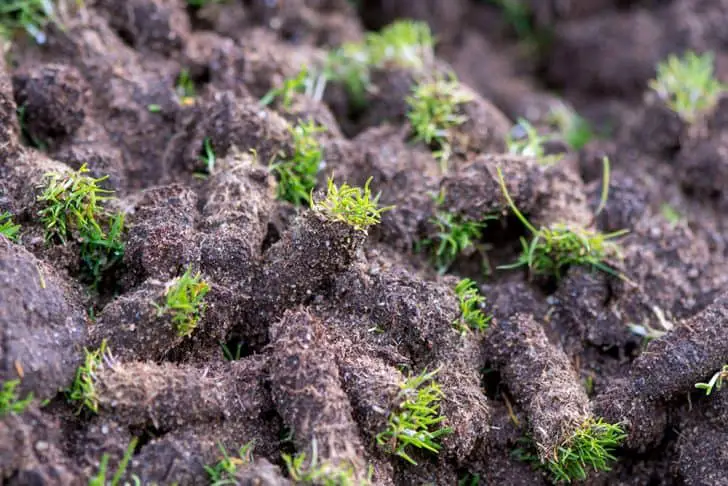
Why Leave Soil Plugs on the Lawn?
If left on the lawn, the soil plugs left behind from using a core aerator will gradually break down over time. As they break down, the soil plugs, and all the nutrients and microorganisms that they contain, will return back to the rest of the soil.
You Can Use Soil Plugs to Level Lawn
The first main benefit of leaving soil plugs on your lawn is that they level your soil as they decompose.
Not only is an uneven lawn aesthetically unpleasing, but it can also cause serious drainage issues for the rest of your yard and property. Without a level soil surface, water from rainfall or irrigation is unable to effectively drain away from your yard. This standing water causes more significant problems like the development of fungal lawn disease or pest infestations, particularly mosquitoes. If the water collects around the base of buildings or structures around the lawn, it can cause rot and mold. On top of this, mowing an uneven lawn results in an uneven cut and may cause damage to your lawn mower in the process.
When you leave the soil plugs on your lawn after using a core aerator, they break down into smaller particles over time. By concentrating the plugs onto low areas of your lawn, you can control where they will break down to add more soil to these areas. This is a low-effort way to level your lawn without having to use the usual laborious process, nor do you have to purchase and ship in new topsoil. Furthermore, by removing the plugs after aerating, you are essentially throwing away chunks of your lawn; this will gradually lower the ground level each time you aerate, which causes more leveling issues instead of solving them.
Method for Using Soil Plugs to Level Lawn
To level your lawn using leftover soil plugs, use a rake to pull the plugs away from high areas towards the lower areas of the soil surface. If you’re unsure where these spots are, look for the areas most prone to flooding or standing water. You can also concentrate the plugs in holes or divots left behind from poles, fence posts, or tree stumps.
You Can Use Soil Plugs as Free Lawn Fertilizer
The second excellent benefit of leaving soil plugs on the lawn is that they also act as a natural fertilizer for your grass as they break down.
Fertilization is an essential practice for the health and appearance of your lawn. Your grass plants require a range of nutrients to grow, those primarily being nitrogen, phosphorus, and potassium, in addition to a number of other micronutrients. You can add these nutrients into your soil using chemical or organic fertilizers; while chemical fertilizers work faster, organic fertilizers are significantly better for the environment and keep fertilizing your lawn for a long time after you apply them.
In their process of decomposition, soil plugs left on your lawn will act as a natural organic fertilizer. The nutrients that are naturally present in the soil plugs, in addition to those you have added through fertilizers or amendments, are gradually fed back into your soil as the soil plugs break down. The soil also contains lawn and soil-friendly microbes that play a key role in maintaining the health of your lawn. If you get rid of the soil plugs after aerating, you are throwing away a healthy dose of free, nutrient-rich, slow-release fertilizer.
Method for Using Soil Plugs as Fertilizer
To use the soil plugs as free lawn fertilizer, simply leave them behind on the lawn after aerating. Make sure they are evenly spread to avoid creating an uneven lawn when they finish breaking back down.
How Long Does It Take For Soil Plugs to Break Down After Aerating?
If they are left on their own, soil plugs will typically break down in 2 to 6 weeks after aerating. How long this takes depends on a few factors like the weather conditions over this period, the traffic your lawn receives, and the lawn’s soil type.
Weather Conditions
Both rainy and dry periods of weather work together to cause the erosion of the soil plugs. Hot, dry weather will cause the plugs to dry up, making them hard and crumbly. As well as this, water from rainfall will also erode the soil plugs down as it washes over them. This is one of the reasons why it’s preferable to aerate after rain when the turf is softer, as the plugs will begin breaking down more quickly.
Soil Type
The type of soil you have may affect how long it takes for the soil plugs to break down. For example, clay soil tends to be more resistant to decomposition; therefore, plugs from a clay-heavy yard may take longer to break down and disappear. Sandy and loamy soils, on the other hand, break down relatively easily; after 1 to 3 days of drying, soil plugs from sandy or loamy soils will typically start to crumble on their own.
Traffic
If your lawn receives more foot traffic from humans or pets, this will cause the soil plugs to break down faster.
How to Get Soil Plugs to Break Down Faster
While the plugs won’t take long to break down on their own, you may want them out of sight as soon as possible. You can take some actions to get those soil plugs to break down faster.
Overseed Lawn
Overseeding is an excellent practice to improve the look and health of your lawn and is most effective when you carry it out after aerating. As the watering requirements are greater when watering new grass, the aftercare from overseeding can help the soil plugs to break down faster.
Fertilize Lawn
Another activity made more effective by lawn aeration is the addition of fertilizer. It’s best practice to fertilize your lawn right after aerating, as the holes left behind from the process allow the fertilizer to reach deeper into the soil to the grass’ roots. Also, many types of fertilizers must be watered in, which helps to erode the soil plugs more quickly.
Carry Out Other Regular Maintenance Activities
If you haven’t overseeded, continue straight away with your usual watering, mowing, and other lawn care activities after aerating. The water from your typical watering schedule and the traffic from your lawn mower wheels and blades will both aid in breaking down the soil plugs quickly.
Increase Foot Traffic on Lawn
In addition to the foot traffic from your usual maintenance activities, make sure your lawn is getting as much use as possible. Host outdoor gatherings on your lawn, encourage your kids to play on it and do the same with your pets. All of this extra traffic will help to break the plugs down more quickly than if you leave the process to the elements alone. Avoid this tip if you have recently overseeded, however, as walking on an overseeded lawn will damage your new seedlings.
When Should You Mow After Aerating the Lawn?
If your lawn needs it, you’ll be able to mow immediately after aerating the lawn without damaging your grass. However, if you have also overseeded your lawn, you will need to wait until the grass is fully established before your first mow.
It’s actually best practice to mow right before using a core aerator to aerate it. This allows the core aerator to better penetrate the soil as it isn’t blocked by a thick layer of grass. Mowing right before aerating means you likely won’t need to mow again for several days. As a further recommendation, dethatching the lawn after mowing and before aerating will further improve the process overall.

